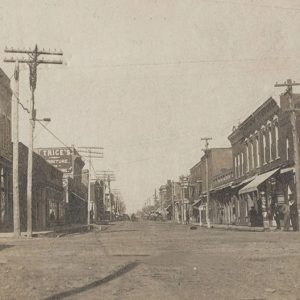 Paragould Street Scene
Paragould Street Scene
Time Period: Early Twentieth Century (1901 - 1940)
 Paragould Street Scene
Paragould Street Scene
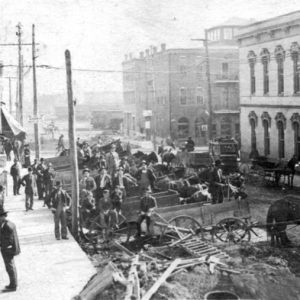 Paragould Street Scene
Paragould Street Scene
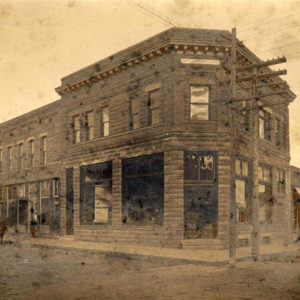 Paragould Trust
Paragould Trust
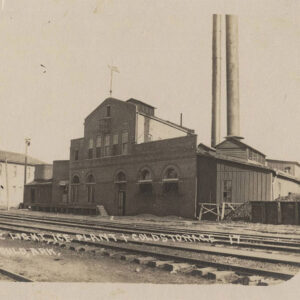 Paragould Utilities
Paragould Utilities
Paragould War Memorial
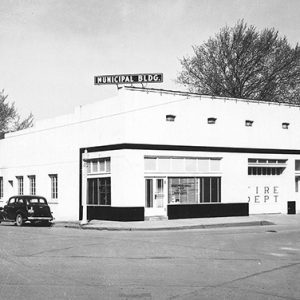 Paris Municipal Building
Paris Municipal Building
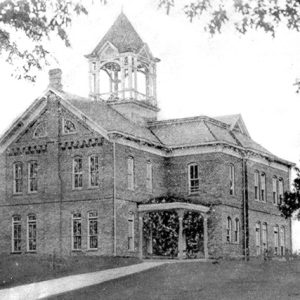 Paris Academy
Paris Academy
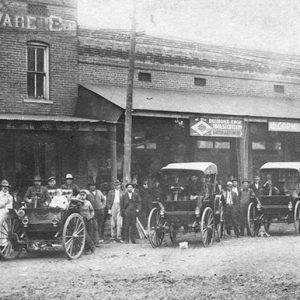 Paris Street Scene
Paris Street Scene
 Paris Railroad Depot
Paris Railroad Depot
 Paris Masonic Lodge
Paris Masonic Lodge
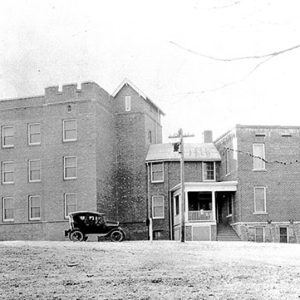 Paris Hospital
Paris Hospital
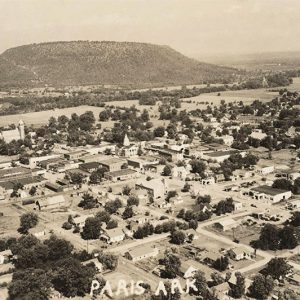 Paris Aerial View
Paris Aerial View
Paris Post Office
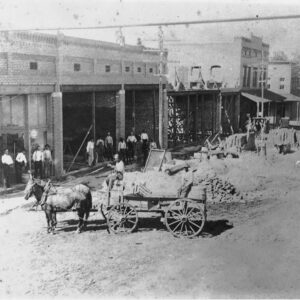 Paris Street Scene
Paris Street Scene
Park Hill Historic District
Park Hotel
 Park Hotel
Park Hotel
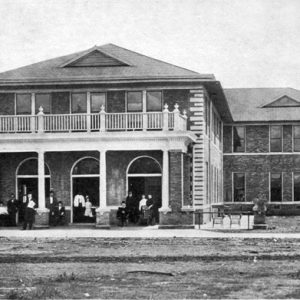 Park Hotel
Park Hotel
 Park-O-Meter
Park-O-Meter
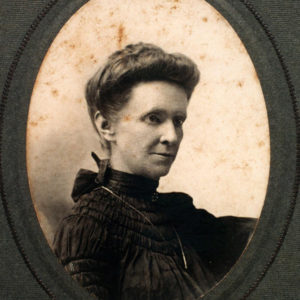 Martha Alice Steele Park
Martha Alice Steele Park
Park, Neil Hamill
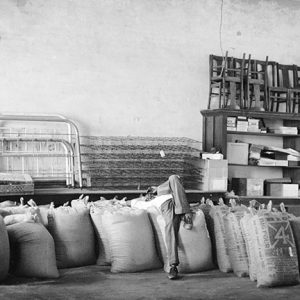 Parkdale General Store
Parkdale General Store
 Bonnie Parker
Bonnie Parker
 Parkin Flood
Parkin Flood
 Parkin Flood
Parkin Flood
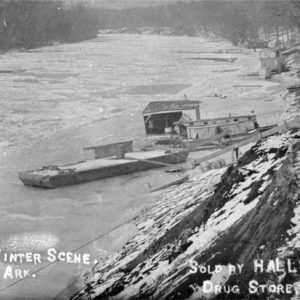 Parkin in Winter
Parkin in Winter
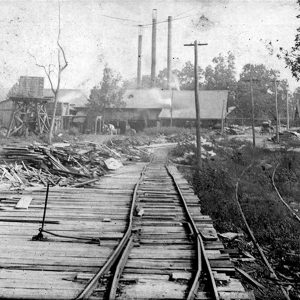 Parkin Mill
Parkin Mill
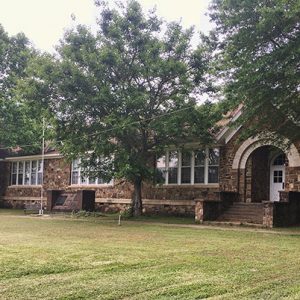 Parks School House - Front
Parks School House - Front
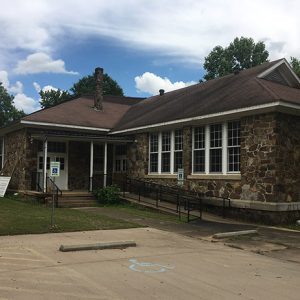 Parks School House - Rear
Parks School House - Rear
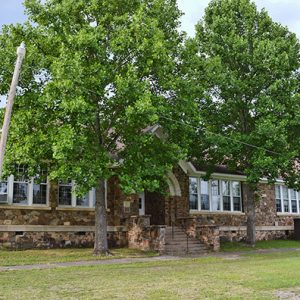 Parks School House
Parks School House
Parks School House
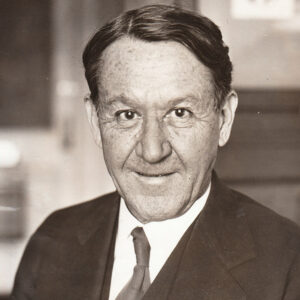 Tilman B. Parks
Tilman B. Parks
Parks, Tilman Bacon
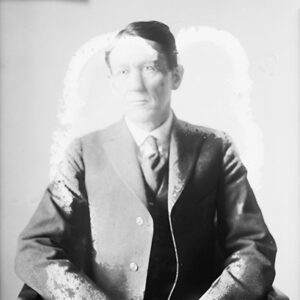 Tilman Parks
Tilman Parks
 Parkways Association Formation Story
Parkways Association Formation Story
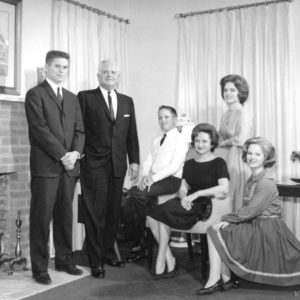 Parnell Family
Parnell Family
 Parnell Hall
Parnell Hall
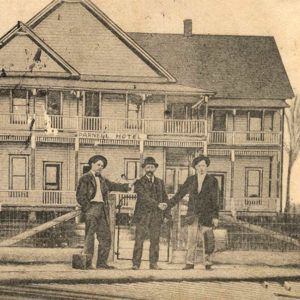 Parnell House
Parnell House
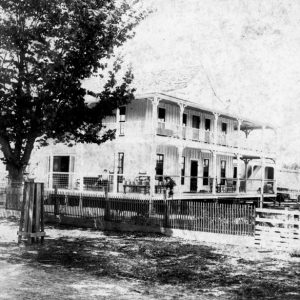 Parnell Springs Hotel
Parnell Springs Hotel
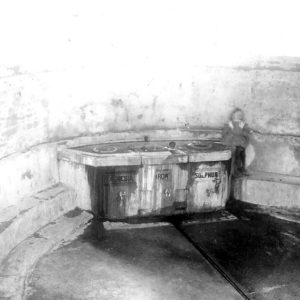 Parnell Springs Spring
Parnell Springs Spring
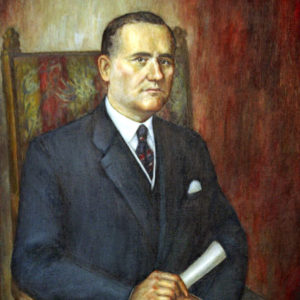 Harvey Parnell
Harvey Parnell
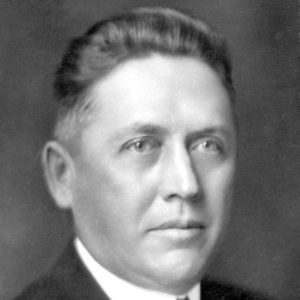 Harvey Parnell
Harvey Parnell
Parnell, Harvey
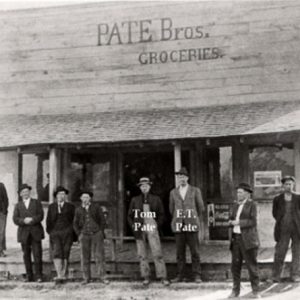 Pate Bros. Groceries
Pate Bros. Groceries
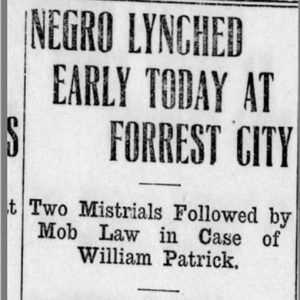 William Patrick Lynching Article
William Patrick Lynching Article
Patrick, William (Lynching of)
 William Patrick Lynching Article
William Patrick Lynching Article
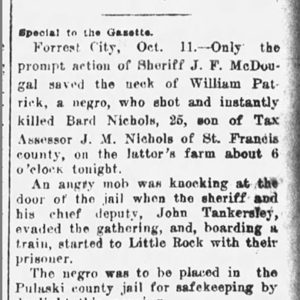 William Patrick Lynching Article
William Patrick Lynching Article
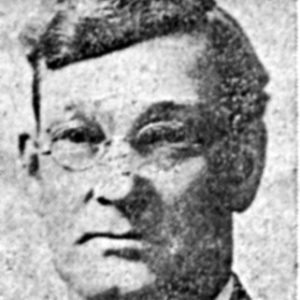 Marshall Patterson
Marshall Patterson




